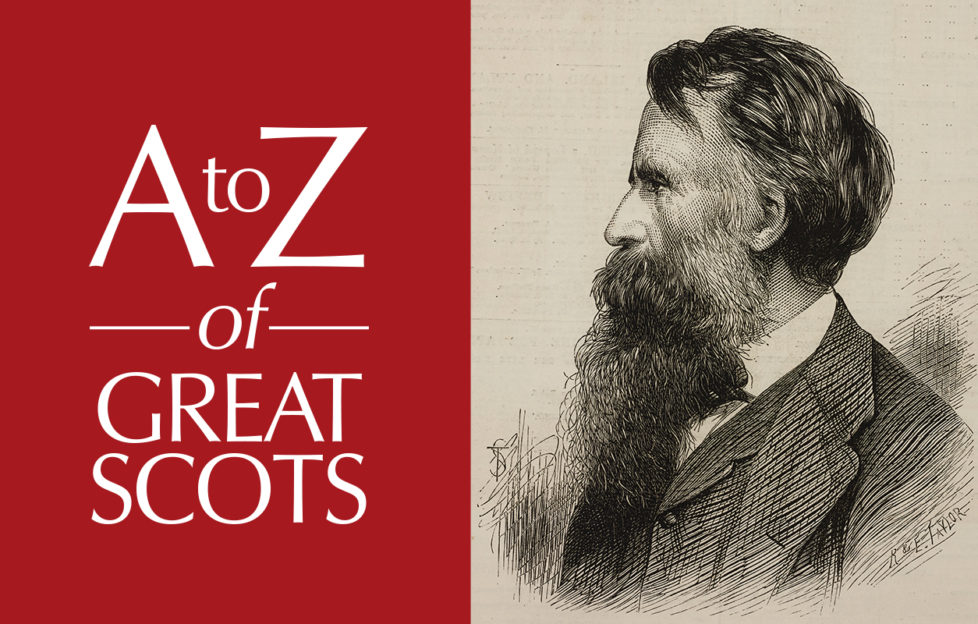Robert William Thomson

Robert William Thomson didn’t get credit for his new tyres but he made his mum happy
In October 1887, Scotsman John Dunlop reinvented the wheel when he designed a pneumatic tyre for his son’s tricycle.
He thought he was the first to do so, but a Stonehaven man pipped him to the post by more than 40 years.
Robert William Thomson’s inventive career began aged 17, when he rebuilt his mother’s mangle so that wet washing could be passed through the rollers in both directions.
This improved laundry experience surely impressed his mum, but she still wanted him to join the ministry. He refused and instead moved to America before returning and teaching himself chemistry, astronomy and the principles of electricity.
After his successful mangling of the mangle, Robert designed a ribbon saw and a prototype for a rotary steam engine.
An engineering apprenticeship in Aberdeen and Dundee followed, and it was with a firm in Edinburgh that he masterminded a way of detonating explosive charges using electricity, saving the lives of countless mine workers.

He then moved into railway engineering and set up his own consultancy business. In his spare time, he developed his most famous idea, the pneumatic tyre. These rubber wheels were filled with air to make travelling by horse-drawn carriage faster and more comfortable.
He patented the idea in 1845 and two years later, Robert’s invention was showcased in Regent’s Park in London.
Two carriages, one fitted with his tyres and one without, travelled side by side while a group of sceptical journalists watched in amazement as the carriage with pneumatic tyres zipped ahead.
There was a problem, however.Robert was ahead of his time by several decades. Rubber was incredibly expensive and there wasn’t a huge market for pneumatic tyres. Motor cars hadn’t been invented and it would be a long time before cycling became popular.
When John Dunlop accidentally invented the same tyres years later, the time was right and demand was high, and he got all the glory.
Despite the fact his tyres didn’t inflate his bank account, Robert remained an inventor his whole life – his wife Clara submitted his final patent, for an elastic belt, after his death in 1873.
Discover more about the remarkable men and women who shaped Scotland and changed the world with our new bookazine Scottish Heroes

Available online from DC Thomson Shop or in stores at WHSmith



